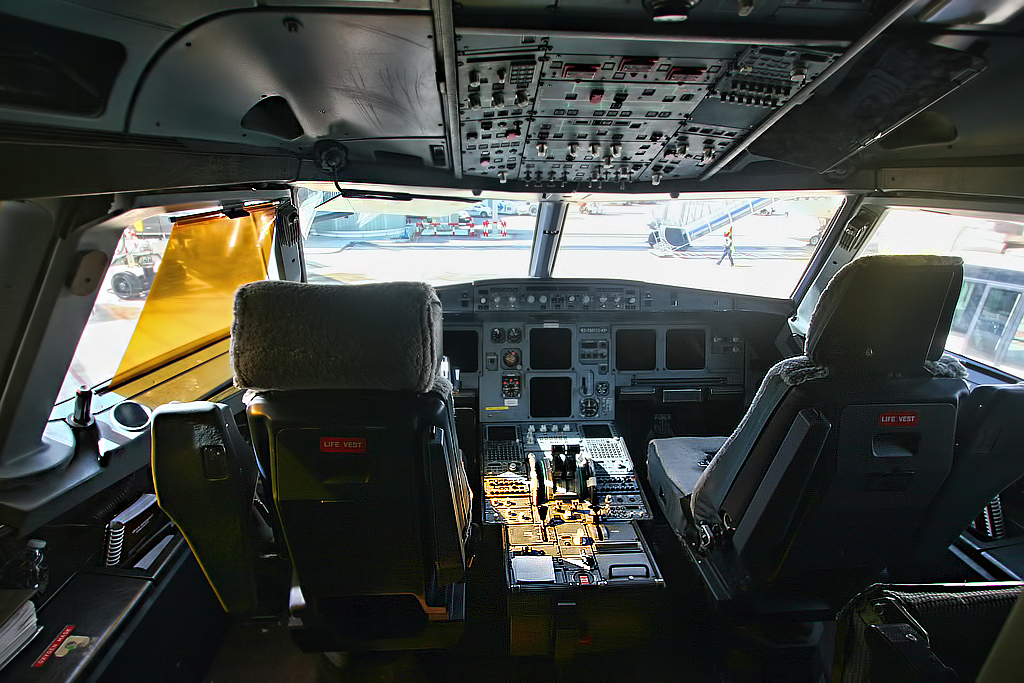
The March-2019 Ethiopian plane crash marks the second accident in five months that a new Boeing aircraft crashed just minutes after takeoff.
In October last year, a Lion Air Boeing 737 MAX 8 flight went down over the Java Sea killing all 189 people on board.

While extensive investigations are still underway in both cases, preliminary reports show glaring similarities in the incidents that have prompted caution among some airlines.
In its emergency order, America’s Federal Aviation Administration (FAA) said that they have ‘identified similarities between the crash of an Ethiopian Airlines flight and the Lion Air crash in Indonesia,’ leading the agency to ground all Boeing 737 Max planes.

Model 737 MAX is a narrow-body aircraft series designed and produced by Boeing Commercial Airplanes as the fourth generation of the Boeing 737, succeeding the Boeing 737 Next Generation (NG).
The new 737 series was launched on August 30, 2011 but made its first flight on January 29, 2016 after getting series of new FAA certifications. The first MAX 8 was bought and operated by Malindo Air, which placed the aircraft into service soon after the purchase.

Boeing engineers introduced two safety technologies which, ideally were supposed to enhance the operability of the plane. One of the technologies is Augmentation System, designed to reduce mid-air collisions between aircraft as well as to keep the plane at a responsive angle.
The other technology is Traffic Collision Avoidance System (TCAS) that monitors the airspace around an aircraft for other aircraft equipped with a corresponding active transponder, independent of air traffic control, and warns pilots of the presence of other transponder-equipped aircraft which may present a threat of mid-air collision (MAC).

“This particular aircraft has something new as far as how the autopilot responds when the aircraft’s nose is too high. It pushes that nose down even when the autopilot is off. And a lot of pilots are not used to that,” said Aviation Investigator David Soucie, in a media interview.
In the case of Indonesian and Ethiopian plane crashes, pilots repeatedly fought to override the Augmentation System but failed to prevail over the technology.

Whereas investigations are still ongoing, preliminary findings suggest that faulty sensors within Augmentation System could have led to wrong responses in the battle between the pilots and the technologies involved.
Months before an Ethiopian Airlines crash killed 157 people, American pilots filed a complaint with authorities about perceived safety problems with the same aircraft.